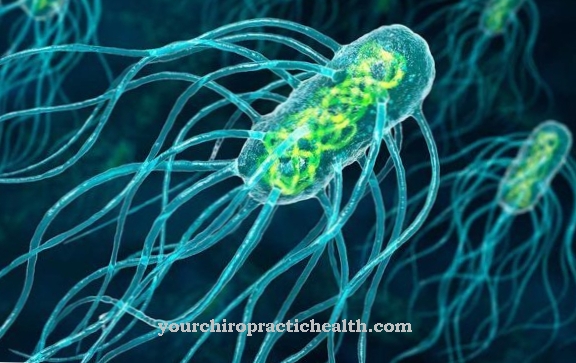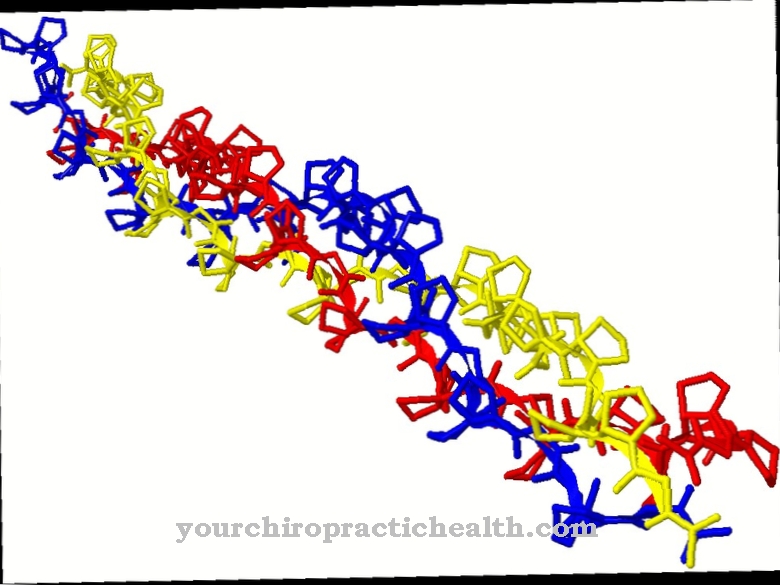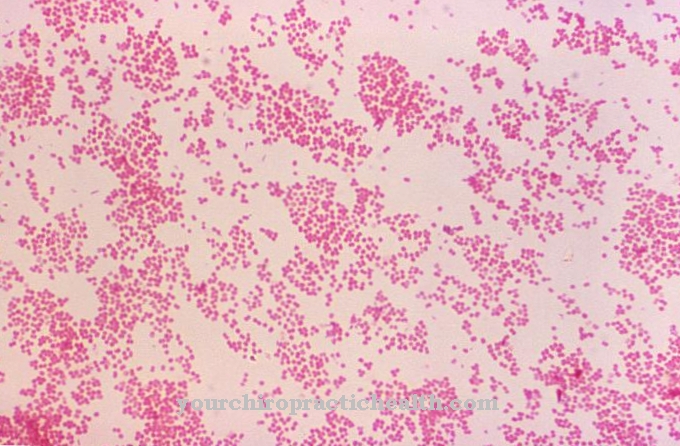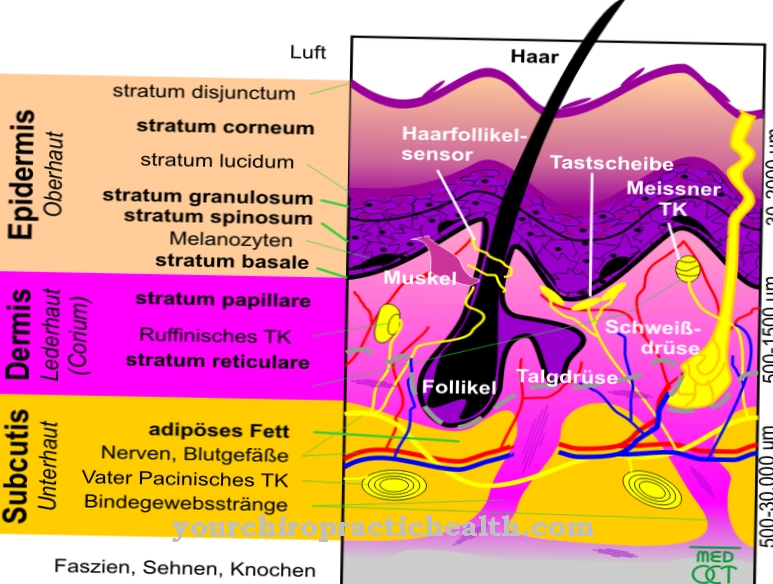A Erectile tissue is a vascular network that can fill with blood. There are different cavernous bodies in the body that perform different functions and tasks.
What is an erectile tissue?
The medical term for erectile tissue is Corpus cavernosus. It is a network of blood vessels. The vascular plexus can be arterial or venous. It is formed by many different cavities that are lined with endothelium.
Most cavernous bodies serve the erection and / or sealing function. In the narrower sense, the term erectile tissue refers to the penile and clitoral cavernous bodies. In the male reproductive organ, three different cavernous bodies are distinguished: Corpus cavernosum penis, Corpus spongiosum penis and Corpus spongiosum glandis. The erectile tissue of the female clitoris is also known as the corpus cavernosum clitoridis. In addition to these real cavernous bodies, there are also fake cavernous bodies in the human body.
This includes, for example, a dense network of blood capillaries under the nasal mucosa. These blood capillaries open into a venous plexus. Due to the changes in the blood flowing in and out, the volume in the nasal interiors changes. This affects the breathing air flow.
Anatomy & structure
The corpus cavernosum penis attaches to the ischium. It begins on the so-called penis thighs (crura penis). The two legs of the erectile tissue unite on the body of the penis to form the corpus cavernosum. A thick connective tissue capsule, the tunica albuginea, surrounds the penis.
From this connective tissue capsule, septa extend into the interior of the erectile tissue. The corpus cavernosum penis belongs to the arterial cavernous bodies. The corpus spongiosum penis, on the other hand, is a venous erectile tissue. This urethral erectile tissue is located in the area of the penis base. It lies on the underside of the limb and surrounds the urethra. The connective tissue capsule that surrounds the corpus spongiosum penis is much less pronounced than the tunica albuginea of the corpus cavernosum penis. It is also rich in elastic fibers.
The corpus spongiosum glandis is also called the penile body. It is the swelling tissue of the penis glans. The penile penis is the continuation of the corpus spongiosum penis. It sits at the front end of the penis. The corpus cavernosum clitoridis is initially expanded in pairs. It then unites in the area of the clitoral glans to form the corpus clitoridis. The anus also has an erectile tissue. The corpus cavernosum recti, also known as the hemorrhoid plexus, is formed from a network of sinusoids. Sinusoids are blood vessels that do not have any muscular wall parts. The sinusoids of the anal sphincter are supplied with blood from the superior rectal artery.
Function & tasks
The cavernous bodies in the human body perform different tasks. The corpus cavernosum penis is bloodless when the limb is relaxed. When an erection occurs, the so-called blocking arteries (arteriae helicinae) open. This allows the erectile tissue to fill with blood. At the same time, the venous outflow is blocked so that the blood collects in the erectile tissue. The connective tissue capsule that surrounds the erectile tissue ensures that the penis stiffens and elongates. Without the connective tissue capsule, the penis would expand like a balloon during an erection.
The corpus spongiosum penis is also supplied with blood when the penis is flaccid. When an erection occurs, the venous blood flow is restricted so that the erectile tissue swells slightly. The connective tissue covering the erectile tissue prevents the urethra from being compressed. The penile penis ensures the characteristic thickening of the glans in male erections.
The erectile tissue of the clitoris has similar tasks to the erectile tissue of the penis. When the corpus cavernosum clitoridis swells, the glans of the clitoris is exposed. The corpus cavernosum recti is used for the fine closure of the anal sphincter. The erectile tissue thus has a sealing function.
You can find your medication here
➔ Medicines for potency and erection problemsDiseases
When the erectile tissue of the male member does not function properly, erectile dysfunction can result. The term erectile dysfunction is used when an erection cannot be achieved and maintained despite sufficient sexual arousal.
About half of all men between the ages of 40 and 70 suffer from erectile dysfunction. These can be more or less pronounced. The causes of erectile dysfunction are very different. Disturbances in the nervous system, in the blood vessels of the erectile tissue and in the erectile tissue itself can prevent an erection. The reasons for these disorders can be very different. Injuries or operations in the pelvic and genital area can prevent blood from flowing into the erectile tissue and thus hinder an erection.
If not enough blood flows into the erectile tissue, the vascular plexuses cannot fill up with sufficient blood. The desired erection of the penis does not occur. A disruption of the venous drainage is also a hindrance to an erection. If the venous blood flows out of the penile cavernous body directly, the erection cannot be maintained for long.
Atherosclerosis can also lead to erectile dysfunction. In arteriosclerosis, the arterial blood vessels in the body are calcified. As a result, the blood can no longer flow freely. The disturbed blood flow is also noticeable on the penis. If the blood flow is too low, the erectile tissue cannot fill with blood. An erection of the penis is therefore not possible. The risk factors of erectile dysfunction include obesity, arteriosclerosis, high blood pressure, sedentary lifestyle, diabetes mellitus, smoking and excessive alcohol consumption.
The erectile tissue of the anus can cause discomfort in the form of hemorrhoids. When the blood vessels expand, the vascular plexus sinks downwards. The most common cause is strong pressure during bowel movements. Pregnant women also often have problems with hemorrhoids.

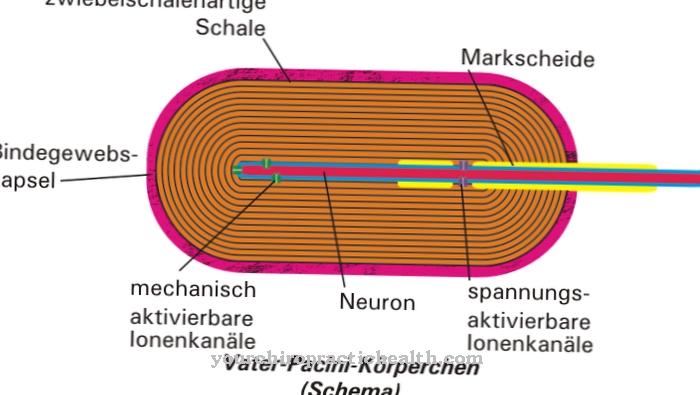



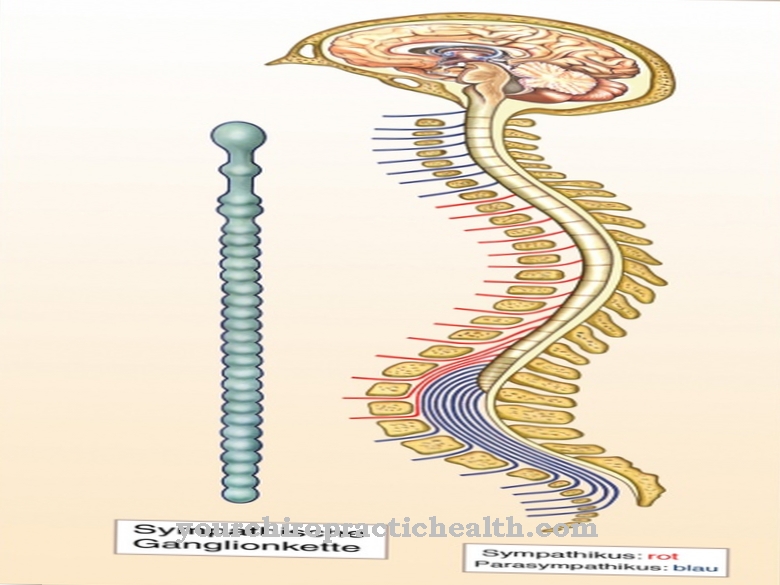
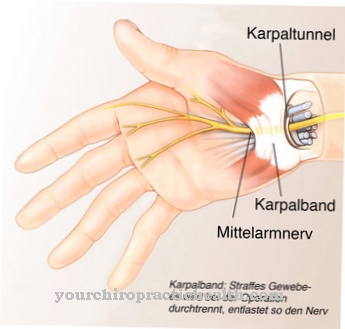


.jpg)



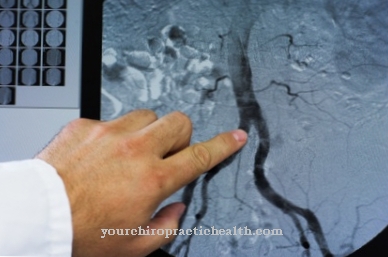

.jpg)
